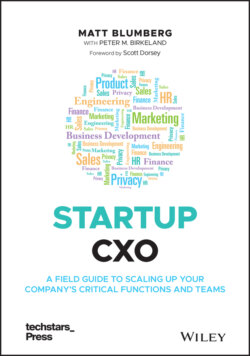Читать книгу Startup CXO - Matt Blumberg - Страница 23
Chapter 8 Investor Ecosystem Research
ОглавлениеDuring the scaling process it is useful for the CFO to understand the dynamics of the venture capital ecosystem and develop relationships with firms that are a good fit for the company. Some things to research or think about before you go too far down the path with venture capitalists include the following (and again, Brad Feld and Jason Mendelson's book, Venture Deals, is a terrific resource for this topic).
Venture investors usually have a thesis they want to follow and often will not deviate from their thesis. The reason for following a strict path is often that the venture investors raise money from their limited partners (LPs) based on that thesis. The LPs typically look to diversify their investment across many asset classes, so if they have invested with a venture capitalist because that venture fund had a thesis of “early‐stage biotech,” the LP investors will want the fund to follow the thesis so their asset diversification is clear.
Venture capital often invests by stage, and the growth stage will dictate the minimum and maximum check size. For example, some venture funds will never write checks for less than $1 million, and others will not go over $500k.
By looking at a VC's portfolio, you can get a sense of the industry/business models the firm has invested in. For example, VCs may like to focus on SaaS companies and others on Marketplaces. It can be very helpful to build relationships with venture firms that focus on your industry or model.
It is also helpful to get references about an investor before you go too far with them. This is usually the CEO's job, but you as CFO can be a good partner and help them to ensure the investors will be helpful Board members and are able to appropriately invest in future rounds. It is good to understand how much “dry powder” a fund has allocated to your company to understand their likelihood of investing in future rounds.
